Working in a B2B environment requires a different mindset from traditional consumer marketing. Decisions take longer, multiple stakeholders get involved, and the path to conversion is rarely linear. To succeed, your marketing strategy needs to be precise, value-driven, and built around the needs of real businesses, not just individual buyers. In this blog, we’ll break down three essential tips that can help you generate stronger leads, create more meaningful engagements, and ultimately drive higher-quality conversions in any B2B setting. Let’s dive in.
- Create Relevant, Conversion-Focused Landing Pages
Make sure your landing page matches the tone and message of your ad. That way, visitors feel like they’re in the right place the moment they click through.
Focus on what really matters to your audience: the business benefits, ROI, and your unique selling points. Show them real proof of your value with testimonials, case studies, or even client logos to build credibility and trust.
Use clear, action-driven CTAs like “Schedule a Demo” or “Get a Quote.” Keep your forms short and simple, but include a few key qualifying questions (like company size or basic criteria) to help ensure you’re getting the right leads.
- Track Quality Leads & Support Long B2B Cycles
B2B sales cycles are longer than B2C and involve multiple decision-makers, so focus on lead quality over immediate sales.
Integrate CRM data and offline conversions into Google Ads to track qualified leads and opportunities.
This ensures campaigns optimise for high-value leads and provide accurate performance data.
High-Intent Audience Targeting & Ad Scheduling
Reach people by job title, industry (e.g., healthcare, tech, finance), company size, and location (region, country, city) to ensure the right businesses see your ads.
Use ad scheduling to reduce spend on weekends or outside business hours if target companies operate mainly on weekdays.
This maximises efficiency and minimises budget waste.


